Doctors are reporting burnout in epidemic proportions. The Mayo Clinic defines burnout as “a work-related stress–a state of physical or emotional exhaustion that also involves a sense of reduced accomplishment and loss of personal identity.” Burnout is in fact a metaphor taken from electrical devices that fail through overheating. So, what’s driving us to overheat? How many other kinds of professionals are feeling burned out? How many are burned out by life in general?
I remember feeling the early symptoms of burnout as early as 3 years after residency: a loss of motivation in my day-to-day work, and sometimes a feeling of being trapped. Part of this was due to the fast-paced demands of outpatient care. In primary care, I felt overwhelmed by administrative duties, insurance guidelines, and cramming in too many patients into a single day. More so, I felt at a loss for treatment options. In my hospital-based training, acute exacerbations of chronic diseases felt readily treatable with drugs and procedures. But in outpatient medicine, where I was trying to meet patients and their chronic conditions in their day-to-day lives, I felt like the tools in my doctor’s bag were few and far between. Anti-inflammatories, antidepressants, and acid-suppressing heartburn medications could only stave symptoms off for a period of time. Patients would be back. Sooner. Sicker. And more frustrated. This pattern fueled within me a frustration toward my own patients–the very people I’d gone into medicine to serve.
Strategy One
The first strategy I took, fueled by my own personal health challenges, was to take courses in integrative and functional medicine. Integrative means approaching the body holistically, as dynamic systems rather than isolated organs. Functional refers to the optimal functioning of the body, which involves going down to the root causes of inflammation, the common denominator for chronic conditions. So I added to my doctor’s bag a wealth of tools: therapeutic diets, vitamins and minerals and herbs, movement strategies, mind-body-spirit practices, detoxes, and hormone balancing. Personally, I took restorative retreats, modified my schedule for greater work-family balance, eliminated my commute, and set a real intention to “practice pleasure,” as I called it. I learned the ukulele, hiked and camped with my family, watched funny movies, and returned to reading novels.
Burnout is the symptom of a deeper root issue
Still, I felt the symptoms of burnout at work simmering within me. I saw the signs in my integrative and functional medicine colleagues, too. Because that’s just it–burnout is a symptom. It’s not the root of the issue. Sure, “The Healthcare System” was broken and needed fixing. But was there something larger, something more hidden, that wasn’t being addressed either by the medical culture as a whole, or by me personally?
The root of burnout is detachment and disconnection. I don’t believe we can begin to heal detachment without confronting the elephant in the exam room: grief.
With the nature of medical care, doctors are encountering patients in their deepest fears, in their most vulnerable states, and we seem to be taught 2 options: carry it, or detach. If we carry too much of someone else’s grief, we risk getting sick ourselves. If we detach in an effort to protect ourselves, we can cope, we can function. The same 2 options seem to go for all of humanity, really. Grief is the requisite partner of love, right? The trouble is that we can’t heal something or someone we’re detached from. What’s more, when we detach from others, we also detach from ourselves. We become robotic.
Addressing burnout beyond symptom management
At the darkest moments in my health crisis, I was forced to stare my cumulative grief in the eye. I realized a lot of it wasn’t even my own. There was the grief of my patients. My family. My beloveds. Animals. The earth. My ancestors, too! But I learned from the ancient ways of healers who came before me–to embrace grief as a fundamental part of being human, and to respond to grief in a healthy, affirming way.
I’ve learned two pathways. One is release. I attended grief retreats where we did writing practices and poetry readings to awaken the soul, to evoke experiences of loss, and then we participated in rituals to help us release any grief that was stored within our bodies. Many indigenous cultures around the world have regular grief ceremonies. What if we practiced routine “soul detoxes?” Might we have more space for empathy if we could learn to release better?
A second path is transformation. I took up Wisdom Healing Qigong, a moving meditation that integrates consciousness with core-strengthening exercises. I learned I could more readily receive the suffering of others and, through repetitive sweeping movements of the arms and visualizations and sounds, I could transform in my mind their suffering into an experience of compassion.
By doing the hard work of grieving and transforming, I’ve let go of the biggest unstated pressure I’ve carried as a doctor: that it was somehow up to me, lil’ ole me, to alleviate the suffering of the world. And by letting that go, I’ve experienced greater spaciousness for reconnection to myself and others.
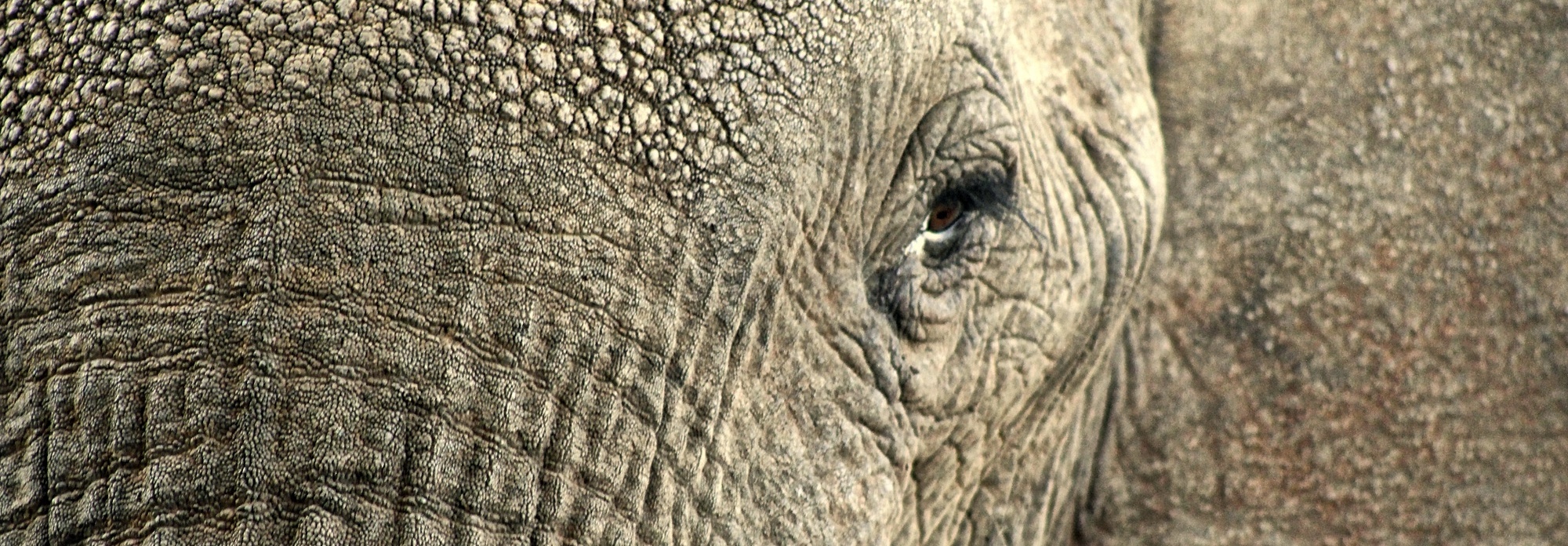
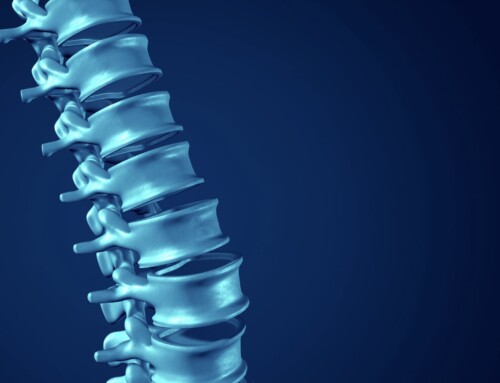
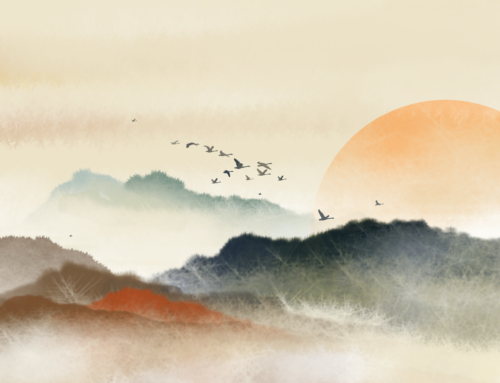
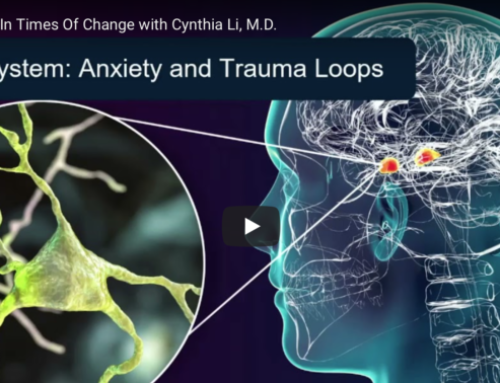
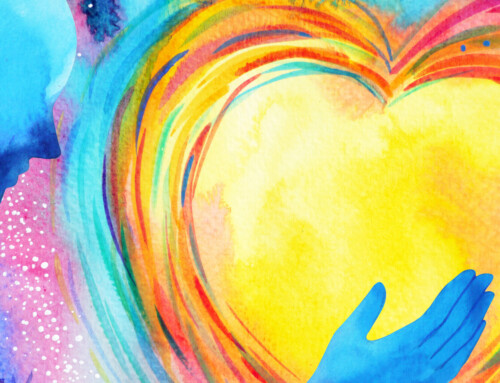
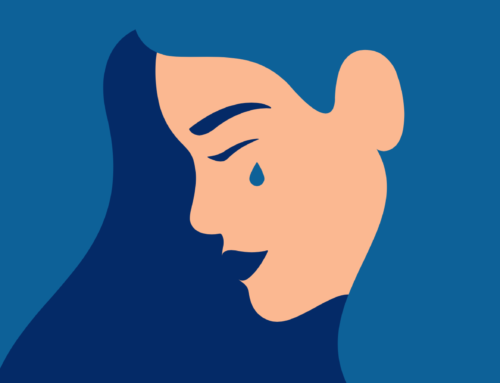
Leave A Comment